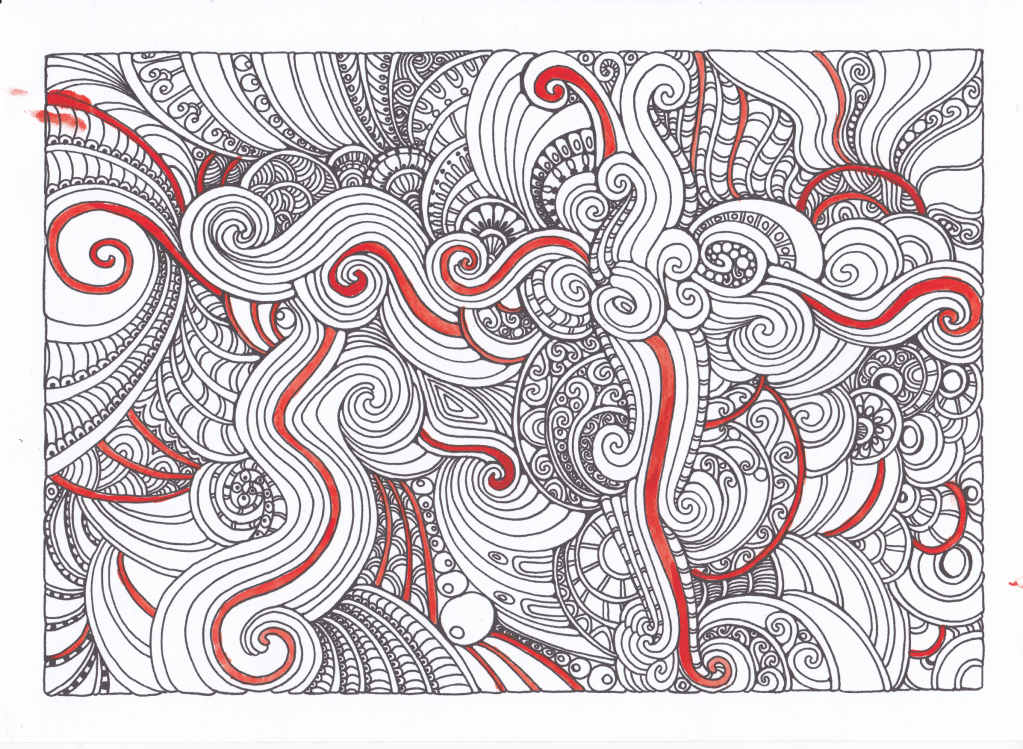
It is really difficult to conceptualize things in a novel way – when one has been conditioned for decades to believe in the synaptic plasticity theory of memory.
I offer a new type of theory, first outlined in the vision statement linked above, which is called a horizontal-vertical integration theory. There could be several such theories. All such theories would agree that each neuron has internal and external parameters, and only external parameters influence their horizontal interactions with other neurons (mostly by electrophysiology). The exchange of information between the membrane (external) and internal zones is the vertical integration. The horizontal integration uses contact points (synapses) on the membrane, in highly plastic environments with spines as compartmentalized vertical integration sites.
In addition to being more adequate for the biological facts, this will be friendly for computation as well. Synaptic plasticity doesn’t have much stability or permanence and we can’t build structure. All information is at the membrane where it is constantly changed. That is a huge problem.
The vision statement above already contains a very specific theory. In the background it is understood that spatiotemporal spike timing patterns are the representations, which is where patterns, perceptions and thoughts reside. But those representations use the existing neurons with their own plasticity. Thus representations are not only signal-driven, they integrate perceptions with existing knowledge. And the neurons’ individual memories influence the patterns that result from ongoing sensations.
Ion exchange, especially calcium, is quite important for linking external (membrane) and internal (submembrane, cytosolic) parameters. It is quite apparent from the experimental literature that this is a major gateway, probably the fastest. There is also exchange between the core, nuclear parameters, and the internal parameters in the cytosol (including the spine). These are slower exchanges involving proteins like transcription factors. Noticeably we have a system with fast plasticity on the outside and slower, lasting plasticity distant from external signaling. Such a system offers both stability and fast reactivity, and is unique in its properties compared to existing computing architectures.
It will be more work to flesh this out.
Theories are not true, they are useful. Only the individual fact can be established as true. But theories need to anchor individual facts, and a horizontal-vertical integration theory has the potential to cover a large amount of what is known. At the same time, its computing abilities are fascinating. LTP/LTD has outlived its usefulness.
aianesthesiaBayescell assemblyCellular intelligenceconsciousnesscortexcortical microcolumnscritical periodcyberneticsdopamineelectrophysiologyensemblesepigeneticsfeature learningfeedbackheavy-tailed distributionshierarchyinhibitionion channelsknowledgelearningLTDLTPmemorymodelsmodulesmousenetworkneural codingneural plasticityneuronperceptionpredictive codingprocessorpsf systemsignal transductionspikingstimulation protocolsynapsesSynaptic Plasticitytheoriestransfer functionsTuring patternsvertical-horizontal

